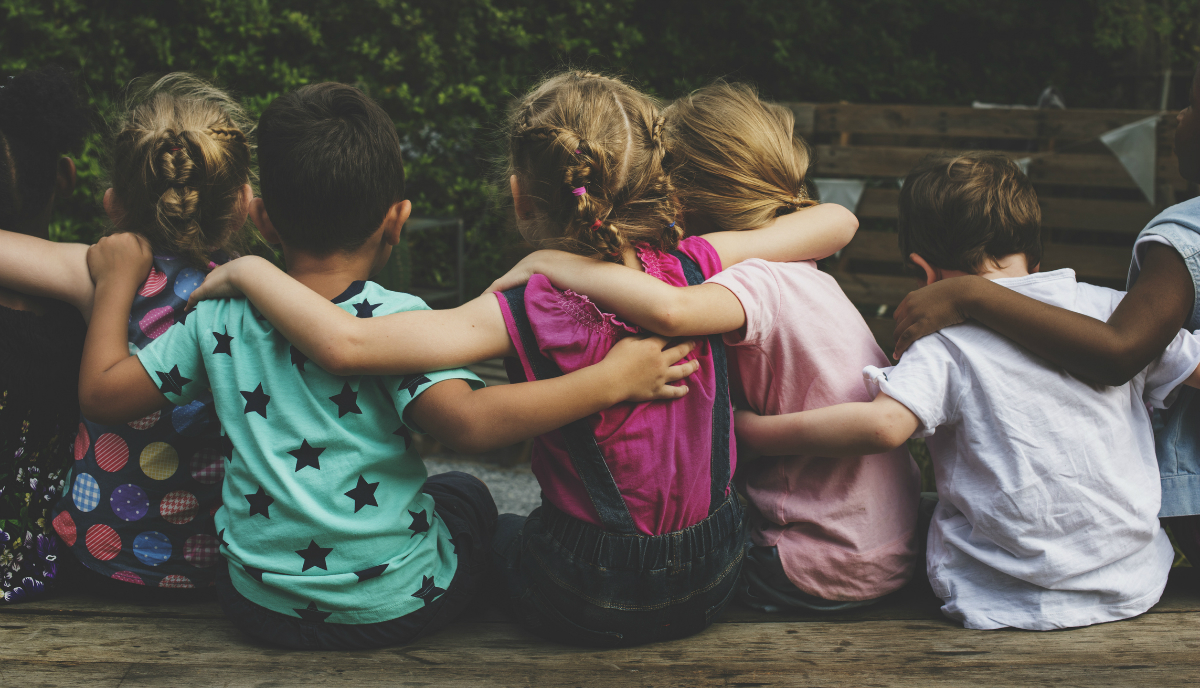Founding members of the National COVID-19 Outdoor Learning Initiative discussed how outside spaces can be used for safe instruction and benefit students as they return to campuses during a two-part webinar series on April 15 and 28 sponsored by the California Department of Education.
At the virtual event, representatives from Green Schoolyards America, Lawrence Hall of Science at UC Berkeley, Ten Strands and the San Mateo County Office of Education shared research, resources and real-life examples related to the concept.
The initiative’s work focuses on using outdoor spaces to improve equity, learning, health and happiness during the pandemic and beyond, explained panelist Sharon Danks, CEO and founder of Green Schoolyards America.
Most school buildings across the county weren’t built to accommodate students being 3-6 feet apart, Danks said, and their ventilation systems are in need of serious upgrades to work as a COVID-19 mitigation strategy.
Benefits of outdoor learning
Danks pointed to the historic use of outdoor learning as a possible solution to reopening schools — and keeping them open. “One hundred years ago, schools around the world reduced the spread of tuberculosis and the flu by just taking their desks and chairs and moving them outside,” she said. “Outdoor learning is really a time-tested approach to keeping schools open.”
Some of the highlighted benefits of outdoor learning include a significantly reduced COVID-19 transmission rate, more space to enact physical distancing and less frequent cleaning of surfaces. For students, it can promote engagement while also lowering levels of anxiety and fostering a connection to nature. And research shows these benefits can last.
“The surprising finding from research is that when kids are outdoors, those effects translate to when they come back indoors,” said Craig Strang, associate director of Lawrence Hall of Science. “If a kid is outside learning for an hour, when they return indoors to the classroom, they continue to be calmer, more focused, more task oriented and learn more for the next hour at their desk.”
Strand cited a December 2020 brief on how environmental education and experiences in nature are essential for youth during the pandemic and after. The brief advised that schools should immediately pursue restorative experiences in nature, leverage environmental educators and their expertise to support the families they serve and use their knowledge to re-envision 21st-century learning.
Implementing outdoor learning
Another benefit of outdoor learning is its flexibility. If there isn’t room on a school’s grounds to move a class outside, nearby parks could be an option. If an entire school isn’t on board, a teacher could take their class on a walk. Schools could choose to have specific activities like lunch or PE outside. Higher-needs students could also be prioritized and brought back to campus where they have access to more amenities and supports.
Of course, weather is a factor that would need to be considered and appropriate clothing should be made available.
Karina Salazar, an elementary principal in Los Angeles Unified School District, shared how her school is preparing for outdoor learning. Kingsley Elementary School’s campus is located in the high-density urban area of East Hollywood. With a return to in-person instruction on the horizon, school leaders wanted to offer outdoor classroom space.
They established shaded areas, such as an outdoor space for kindergarteners where tables, wicker seats and tree stumps are positioned on a green rug alongside a whiteboard and a “succulent cove classroom” where there is flexible seating, a whiteboard and garden wall.
“We have already started noticing that in every outdoor space, students who are learning are demonstrating elevated attention spans, on-task behavior and minimal redirection,” Salazar said. They are now turning focus to teacher capacity to make instructional shifts to use the spaces.
As for funding options, it was confirmed during the webinar that American Rescue Plan Act and Assembly Bill 86 funds can be used toward establishing outdoor learning programs.
The National COVID-19 Outdoor Learning Initiative has put together an extensive library of materials that interested LEAs can look to for logistical guidance, help arranging partnerships with outdoor learning organizations and funding information.
Recordings of the webinars can be view on CDE’s Facebook page.





